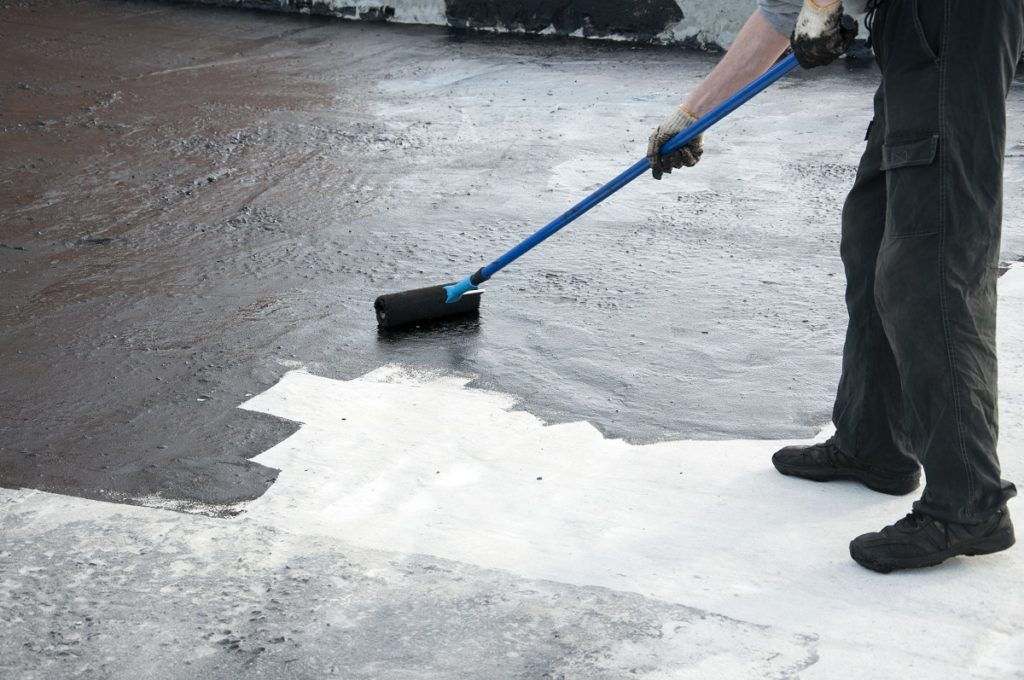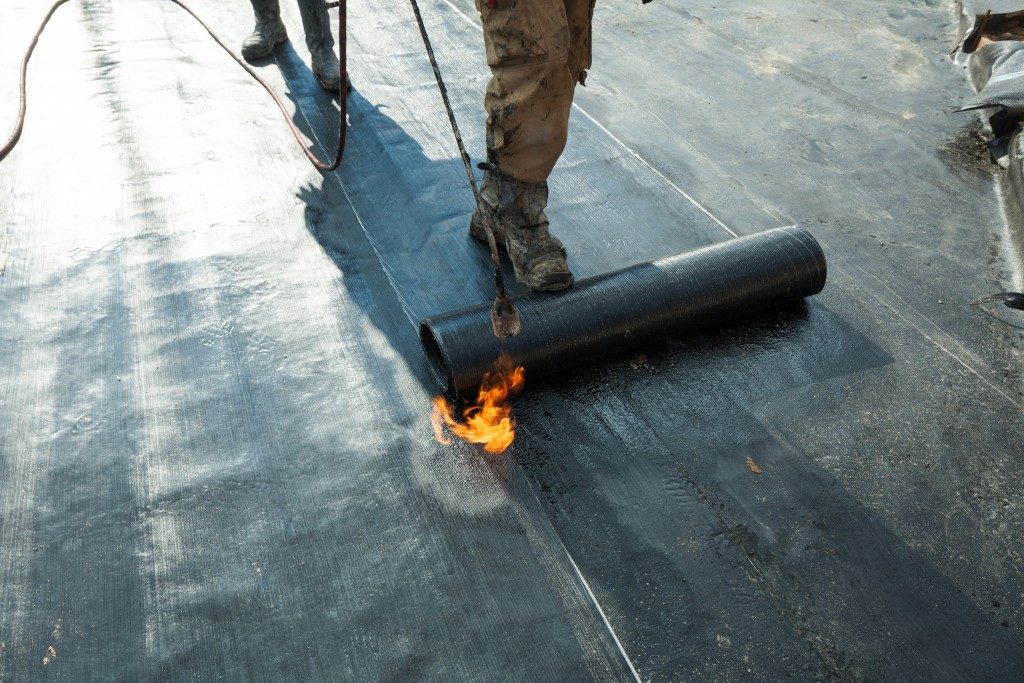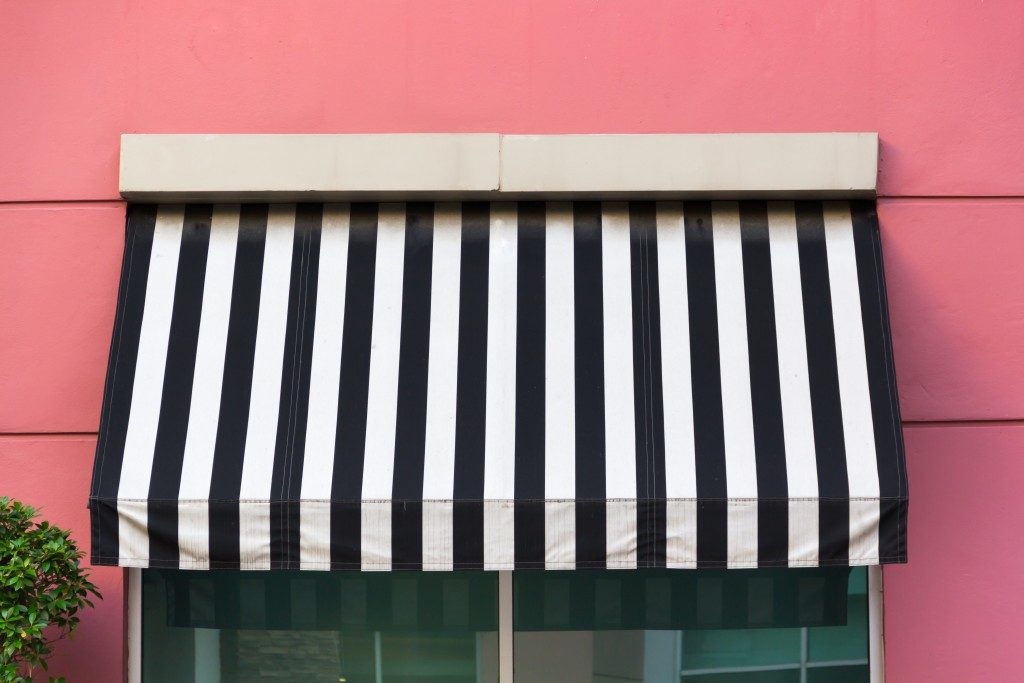Buildings will always be susceptible to water damage, no matter how high quality the materials used to build it are. Waterproofing a building forms an impervious barrier over surfaces like foundations, roofs, and walls. This ensures that water doesn’t penetrate through these layers, ensuring the safety and protection of your building and its structural integrity.
The following are the five most commonly used waterproofing methods in construction and their specific purposes. They each have their own benefits and advantages, and you should choose one that serves your building needs.
Cementitious Waterproofing
Cementitious waterproofing membranes are used to protect a variety of building types and structural components that are frequently exposed to periodic or long-term wetting. It’s one of the easiest ways to waterproof a building since it’s easy to mix and apply. It’s a method that is often used to seal and waterproof terraces, basement walls, water tanks, swimming pools, and the walls and floors of wet-rooms like bathrooms and communal shower rooms. They can also be used as protection for structural concrete against chemicals.
Polyurethane Liquid Membrane
Polyurethane is made up of a base (polyol) and a reactor component (isocyanide). The combination of the two creates a liquid coating that is ideal for waterproofing. This method is usually used for flat roof areas that are exposed to weathering. Although it is quick and easy to install, polyurethane liquid membrane is one of the most costly waterproofing methods available.
Bituminous Membrane
The Bituminous membrane waterproofing method is often used for low-sloped roofs. They can be applied either by a torch-on member or a self-adhesive membrane. The self-adhesive type has a shorter shelf life since the bonding properties of its membrane gets weaker over time. The torch-on membrane is much more durable and can withstand constant exposure to weathering.
Liquid Waterproofing Membrane
Liquid waterproofing membranes are applied by either spraying or brushing it on the surface like paint. Once they dry, they form a seamless, elastic membrane with terrific waterproofing capacity. The application procedure is incredibly quick and must be done in a single day to avoid cold joints. If an especially large area has to be done over a number of days, cold joints can be addressed by overlapping new membrane over the old. The membrane must be applied with the right thickness, or else it can break or tear if it is too thin and if its adhesion to concrete is weak.
Bituminous Coating

Bituminous coating is also known as asphalt coating. It can protect your building’s surface against vapor and water thanks to its flexible protective coat and polymerization grade. It is made of bitumen-based materials, which means it is not suitable to be exposed to constant sunlight since it becomes brittle and fragile under its intense heat. This method is often used in areas that are beneath screed wet.
Waterproofing your structure is a smart and cost-effective way to ensure its protection against water and most natural elements. You’ll be able to save on the cost of repairs and prevent the risk of material erosion and deterioration due to water damage. No matter what property you have, there is an ideal waterproofing solution out there for you.




